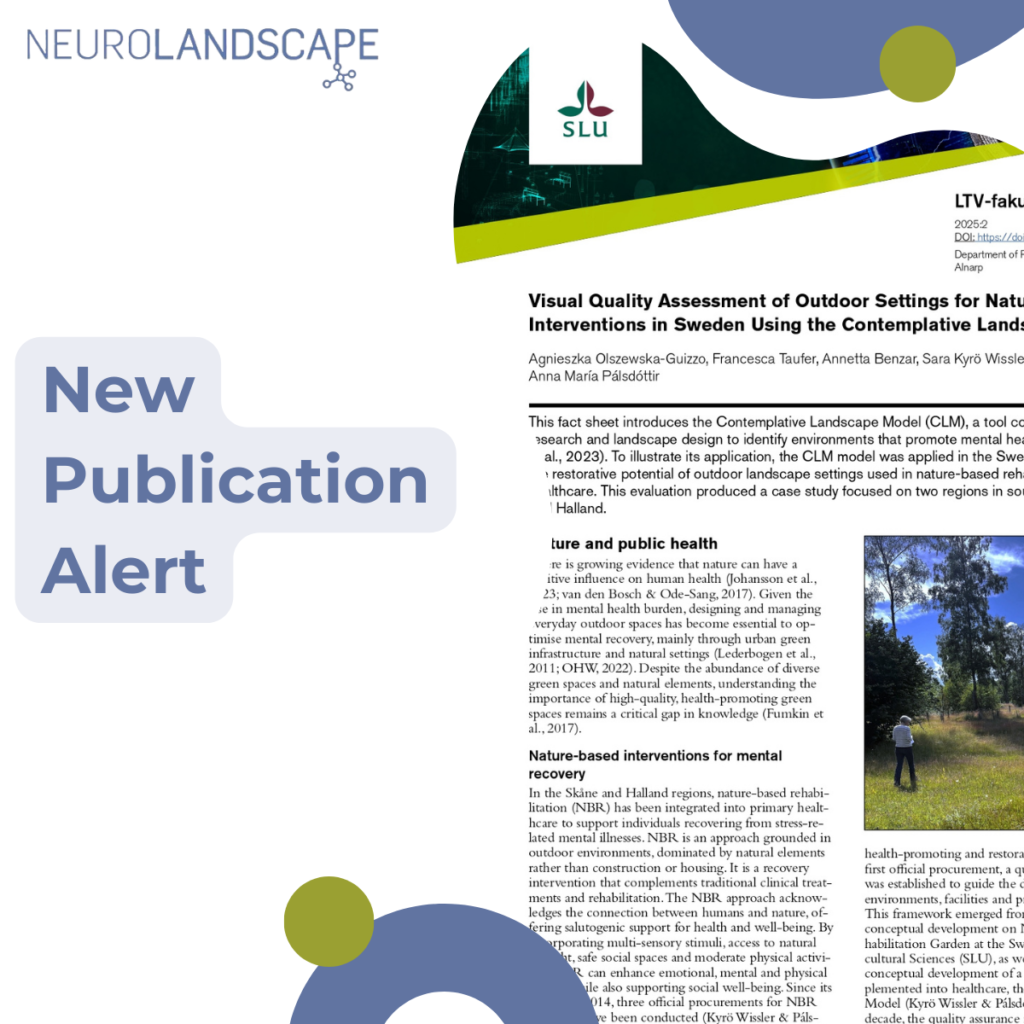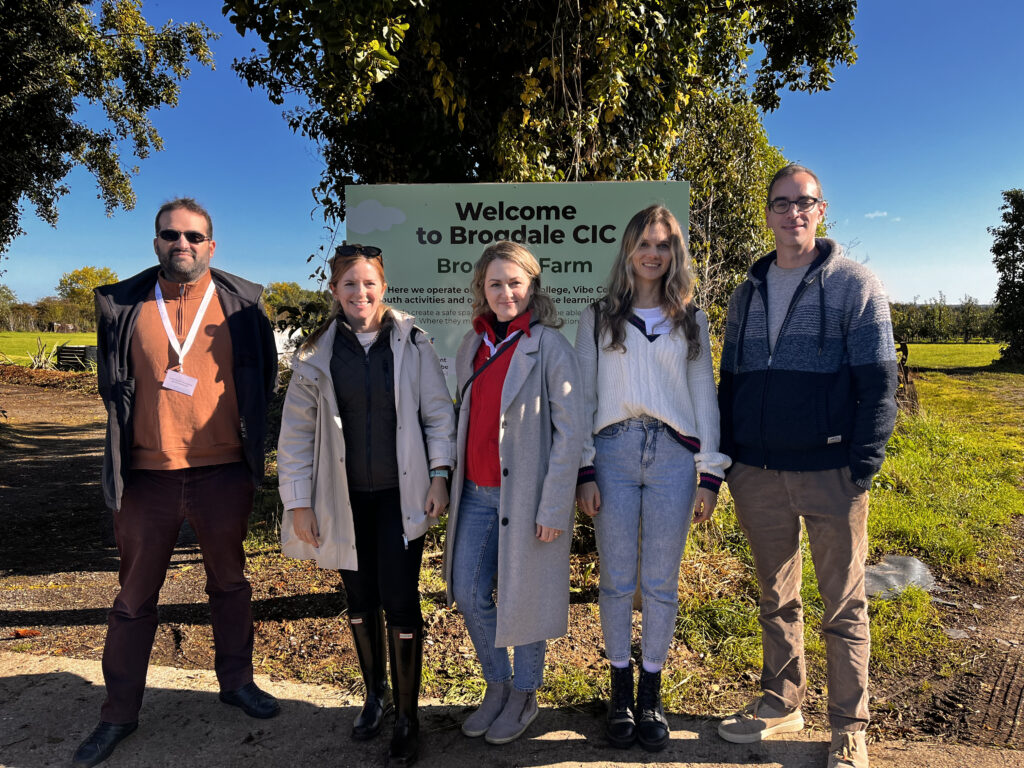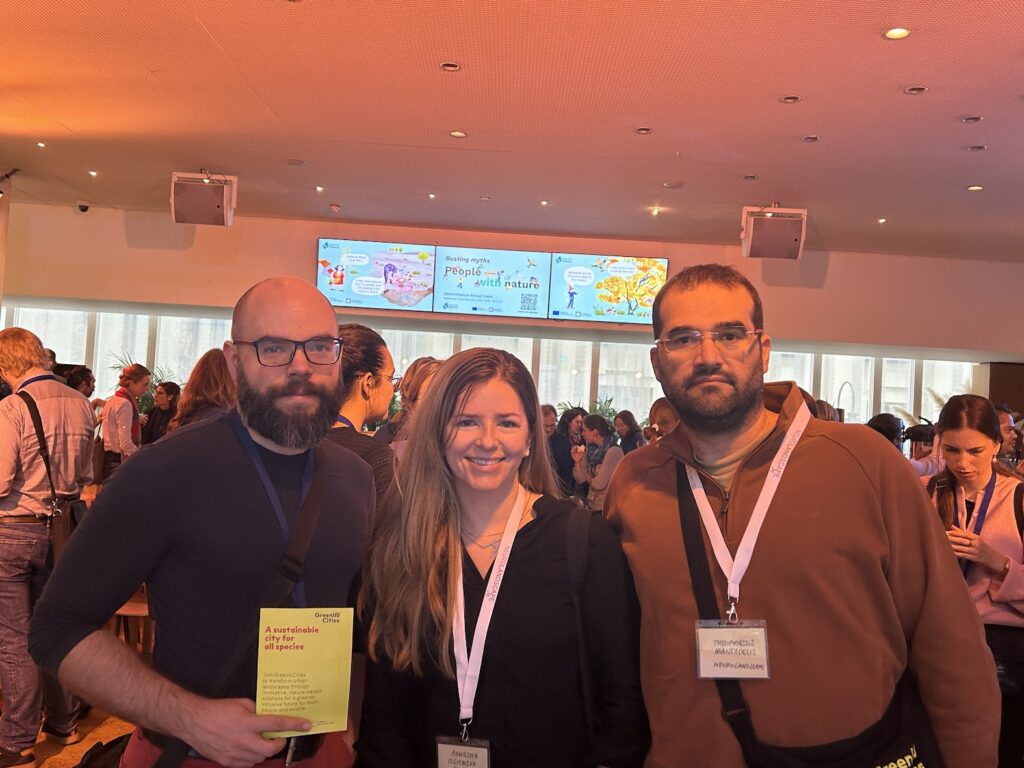Research Gate link
Category: GreenME
ICUH 2024: Green Care for Mental Health Equity and its Main Players
We are excited to share that our CEO, Dr. Agnieszka Olszewska-Guizzo, and our Gender Equality Officer, Dr. Weronika Gąsior, participated in the International Conference on Urban Health (ICUH2024) in Marrakesh, Morocco, to present the results from Work Package 2 of the GreenMe project. The conference, hosted by the International Society for Urban Health (ISUH), Read More
GreenME General Assembly Meeting October 2024: NeuroLandscape in Canterbury, UK
Canterbury, UK – October 9-11, 2024 The NeuroLandscape team was pleased to attend the recent General Assembly Meeting for the GreenME project, hosted by the University of Kent. To mark the project’s second year, the gathering brought together the diverse consortium of partners from across Europe and the U.S., with the goal of furthering their Read More
Designing for Well-Being: How the Contemplative Landscape Model Transforms Urban Spaces
We’ve all felt the calming effects of spending time in nature, whether it’s a stroll through a park or a quiet moment in a garden. But not all natural environments induce the same mental health benefits. Some landscape features, when combined, are more effective than others at promoting well-being, and the Contemplative Landscape Model (CLM) Read More
Network Nature Annual Event
NetworkNature Annual Event 2024 | Busting myths: People with nature 24-25 of September, 2024 | Brussels, Belgium The NeuroLandscape team just returned from an incredible few days at the NetworkNature EU Annual Event in Brussels! What a wonderful blend of insightful discussions, knowledge-rich myth-busting panels, and interactive hands-on workshops, all reinforcing the key message of Read More
Building Back Differently: The Role of CLM in Public Health Promotion through Nature-based Solutions
“The future of humanity is undoubtedly urban,” warns the UN-Habitat in their World Cities Report (2022), urging public health policies to address the growing health risks associated with urban expansion. Urban environments — characterized by traffic, pollution, noise, and overcrowding — not only create fertile ground for physical health issues but also place a significant Read More
GreenInCities Kick-Off Meeting: NeuroLandscape in Barcelona
NeuroLandscape was proud to participate in the Kick-Off meeting of the project Demonstrating Holistic Data-driven Co-Creative Approaches in Nature-based solutions towards Climate Adaptation and Mitigation (GreenInCities) (Project ID: 101139730) in Barcelona, Spain. This groundbreaking EU-funded project GreenInCities, brings together experts to revitalize disadvantaged neighborhoods and fight climate change. Their weapon of choice? Nature-based solutions (NbS) Read More
Nature, mental health, and equity. Highlights from the kick-off meeting of the GreenME project
The GreenME project will study how exposure to nature can be integrated in healthcare systems to treat and improve mental health for all. It officially launched its ambitious initiative at the Kick-off meeting held in Barcelona from January 29th to 31st, 2024. Hosted by the Open University of Catalunya (UOC) and coordinated by the Universitat Read More
Launch of GreenME project – Press Release
Press release 01 GreenME September 2023 Launch of the GreenME project; redefining mental health equity through nature-based therapies Barcelona, 14.09.2023 – The GreenME project has officially launched its mission to redefine mental healthcare through nature-based therapies. The project, which commenced in September 2023 and is set to run until August 2027, is poised to Read More









